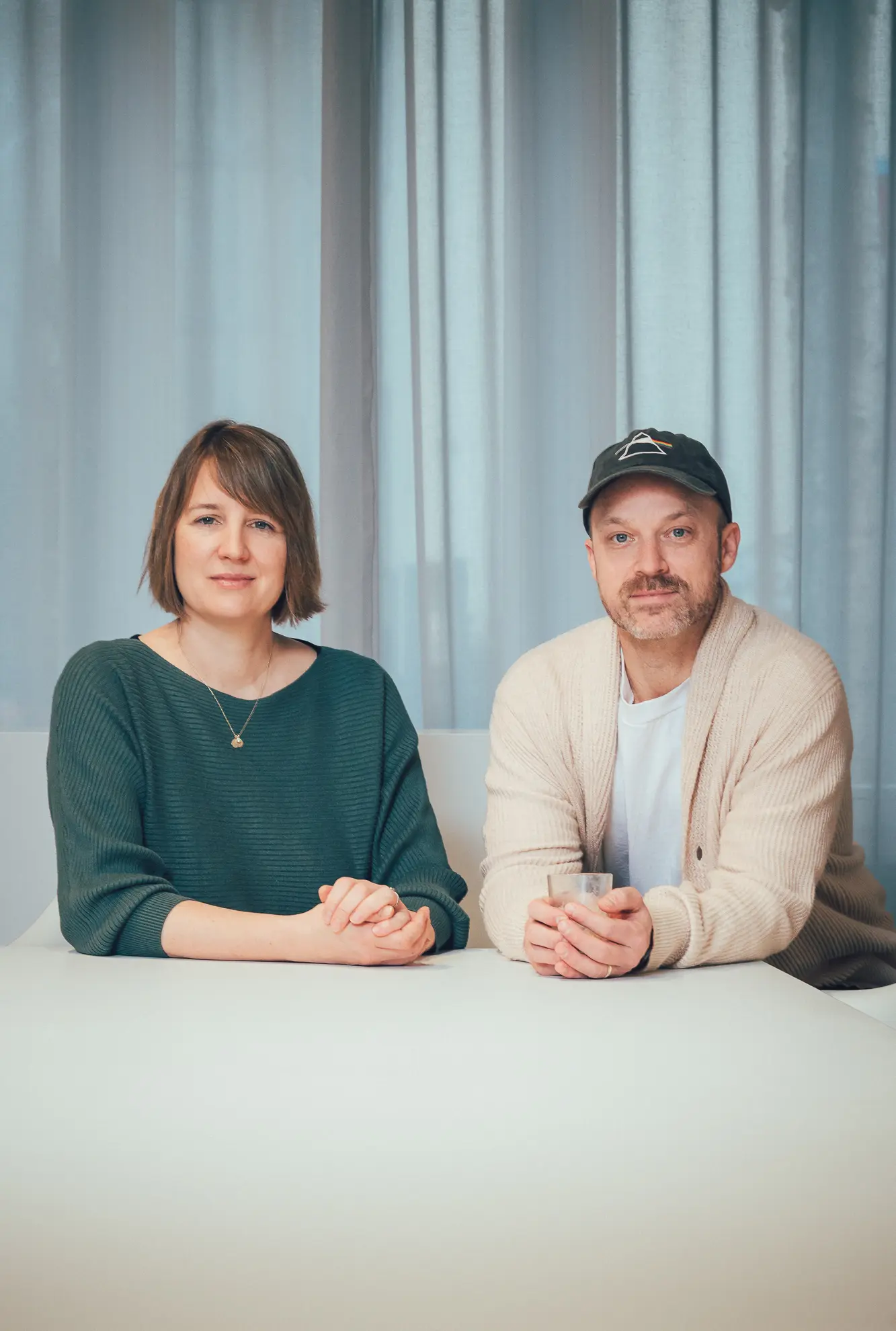
CEOs, whether flying solo or partnering up, face the universal hurdles of crystallising a strategic vision, fostering team spirit, and pivoting swiftly to the market’s rhythm
by Judith Hoch
Credits©
Photography – Chris Kuhnert, Brendan Shelper
In January 2022, I assumed the role of Co-CEO with existing CEO Brendan Shelper at Battle Royal Studios, embarking on a transformative journey that has profoundly influenced my perspective on leadership. This article delves into my experiences and insights since stepping into this role, addressing key questions about CEO transitions, the challenges every new CEO faces, and the dynamics of having two CEOs.
Managing a successful transition
The transition to a CEO position signifies a pivotal moment for any organization. It involves more than a change in title; it’s a fundamental shift in responsibility and vision. In my case, the transition required a meticulous examination of our processes and the documentation of how we operate. While we had a well-functioning machine in place, my transition to Co-CEO underscored the importance of having these processes documented. This not only ensured continuity but also introduced a more structured and efficient approach.

The challenges
Whether serving as a solo CEO or sharing the role in a dual capacity, new CEOs commonly encounter three significant challenges. Firstly, they must establish a clear vision and strategy for the organization, defining long-term goals and the path to achieve them. Secondly, they must navigate the complexities of team management and cultivate a positive workplace culture.
Lastly, they need to adapt to the ever-evolving business landscape, making timely decisions to maintain the organization’s agility and competitiveness. My journey as a Co-CEO mirrored these challenges, demanding careful consideration and innovative solutions.
Two’s company, three’s a crowd
The idea of having two individuals sharing the CEO title may raise questions about decision making and leadership dynamics. At Battle Royal Studios, we’ve discovered that having two CEOs can be a clear strength. It allows for diverse perspectives and a more comprehensive decision making process.
Collaboration and alignment on core values and objectives are essential in this setup, as they help avoid conflicts and ensure a united front. Our successful experience revolves around playing to each other’s strengths and establishing a harmonious leadership structure.
Staying resilient
Shifting my focus from operations (as former COO) to a broader perspective has been an enlightening experience. It’s not solely about managing the mechanics of the company but also about nurturing the heart of our organization – our team. In an ever-evolving world, the value of a dedicated and motivated team cannot be overstated.
Over the past years, we’ve taken pride in our exceptional team retention rates. This achievement has reinforced our belief that investing in our team is the right path forward. Our team members are not mere employees; they are the driving force behind our success. Their dedication, expertise, and unwavering commitment have played a pivotal role in helping us navigate through challenging times.
As the post pandemic world reshapes how people work and redefine their career aspirations, we recognize the importance of adapting to this new reality. It’s not only about retaining talent, but also about empowering our team to thrive in a changing landscape. We’ve emphasized flexible work arrangements, support for remote work, and fostering a culture of continuous learning.
External expertise
Moreover, we realized that additional guidance and outside perspectives would be highly beneficial for our resilience strategy in order to make the best decisions for our future. This realization led us to establish an advisory board. We explored various types of boards and concluded that an advisory board was the ideal fit for us. This select group of individuals, with their wealth of experience and expertise, has provided invaluable insights and challenged our thinking. Our commitment to constructive criticism and continuous improvement is integral to their contributions. The insights from our advisory board and our dedication to our team serve as key elements of our resilience strategy.
As I reflect on my journey as a Co-CEO at Battle Royal Studios, I’m reminded of the importance of adaptation and evolution. CEO transitions, especially in a dual role, are complex but manageable. By addressing potential disadvantages, embracing challenges, and leveraging the strength of two CEOs, we’ve navigated this journey successfully. With a focus on future resilience, we’re well prepared to thrive in an ever changing business landscape. In this context, reading the article from Jason Cobbold about planning for uncertainty, I’m further convinced that our strategy for future resilience is the right way to go. It underscores the significance of adaptability and preparedness in a dynamic world.